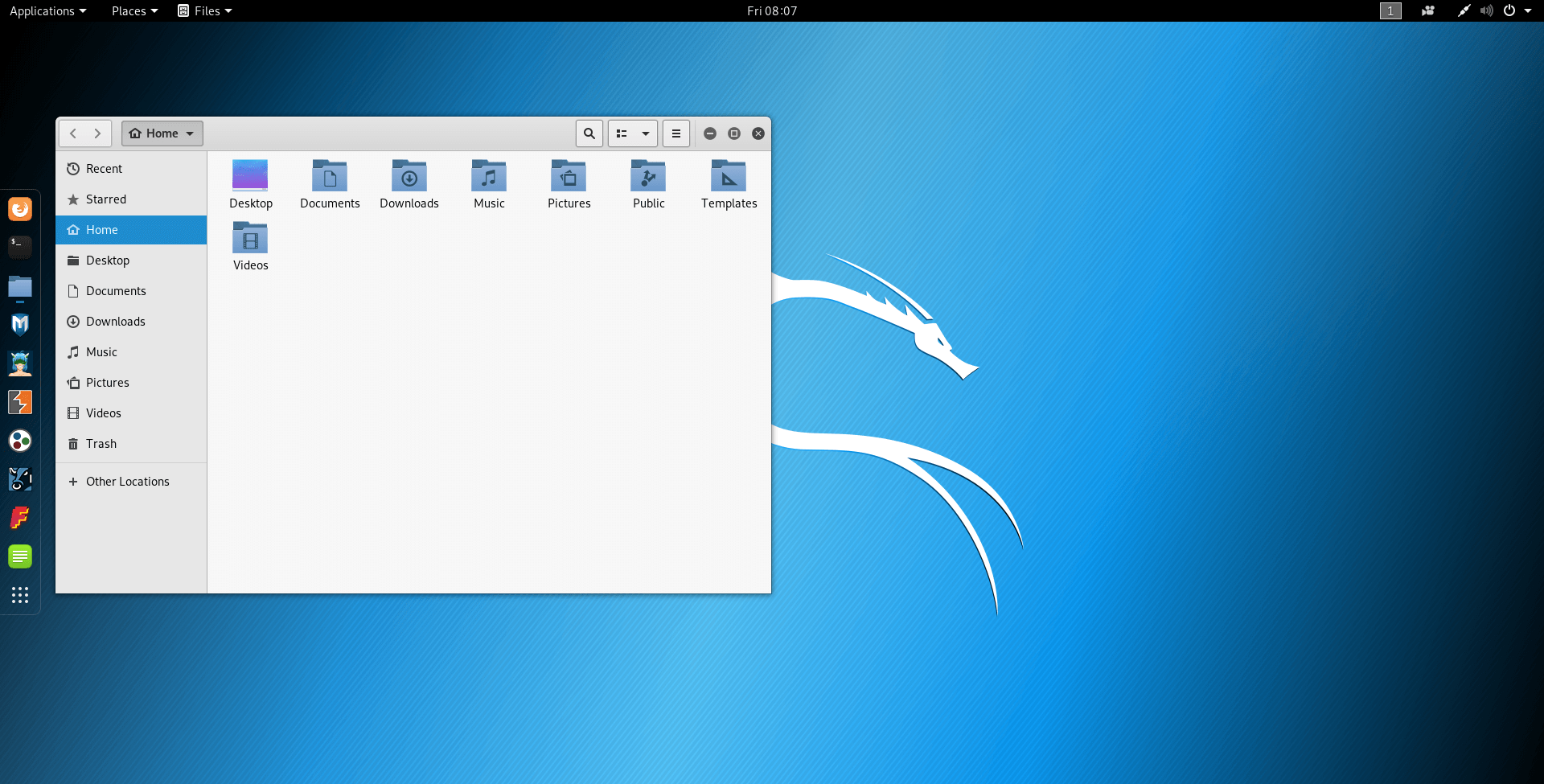

Next, create the user account for the system (Full name, username and a strong password).You may optionally provide a default domain name for this system to use (values may be pulled in from DHCP or if there is an existing operating systems pre-existing).If the chosen NIC is 802.11 based, you will be asked for your wireless network information before being prompted for a hostname.If the setup detects multiple NICs, it may prompt you which one to use for the install.If Kali Linux doesn’t detect your NIC, you either need to include the drivers for it when prompted, or generate a custom Kali Linux ISO with them pre-included.If there isn’t a DHCP service running on the network, it will ask you to manually enter the network information after probing for network interfaces, or you can skip.

If there is no network access with DHCP service detected, you may need to manually configure the network information or do not configure the network at this time.

We will explain other possible scenarios throughout the guide. In our example, we will be installing Kali Linux in a fresh guest VM, without any existing operating systems pre-installed. Our i386 images, by default use a PAE kernel, so you can run them on systems with over 4 GB of RAM. You should be able to use Kali Linux on newer hardware with UEFI and older systems with BIOS. The hardware requirements are minimal as listed in the section below, although better hardware will naturally provide better performance. Where possible, we would recommend using the amd64 images. Kali Linux is supported on amd64 (x86_64/64-bit) and i386 (x86/32-bit) platforms. During the setup process you can initiate an LVM encrypted install on either Hard Disk or USB drives.įirst, you’ll need compatible computer hardware. At times, you may have sensitive data you would prefer to encrypt using Full Disk Encryption (FDE). This guide will cover the basic install (which can be done on bare metal or guest VM), with the option of encrypting the partition. Installing Kali Linux (single boot) on your computer is an easy process.


 0 kommentar(er)
0 kommentar(er)
